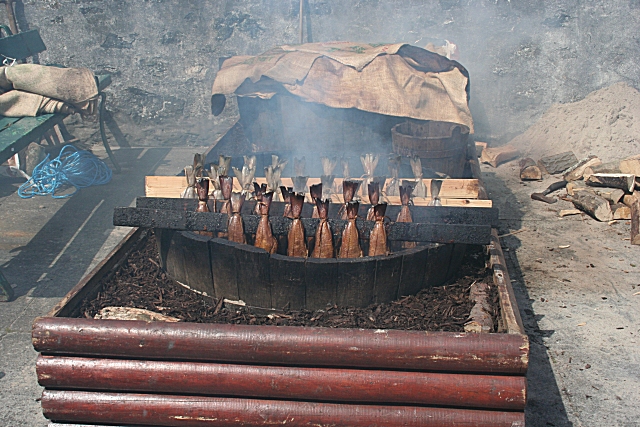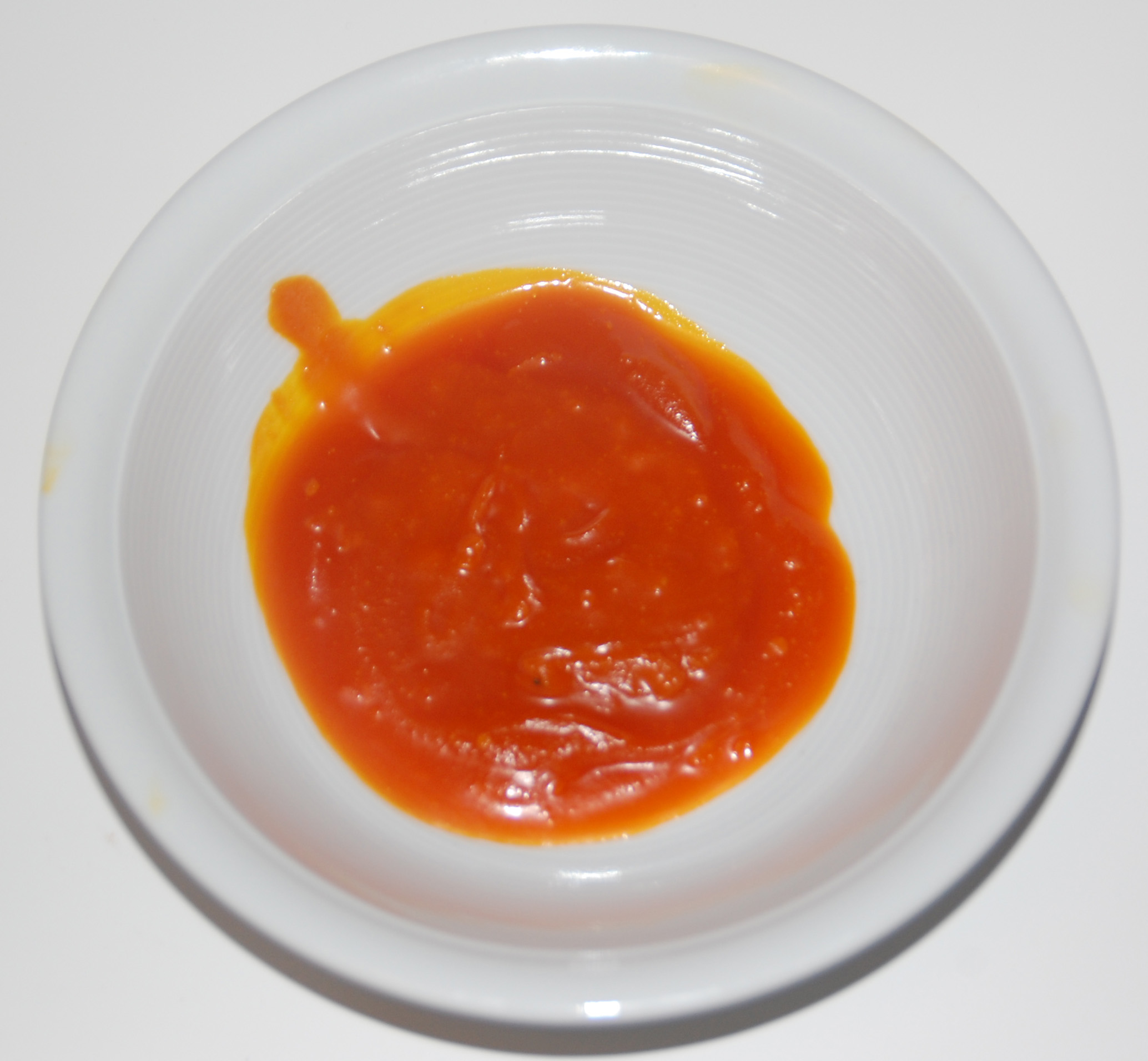|
Gambian Cuisine
The Gambia's cuisine mainly consists of Mandinka and Wolof food, from contact with neighbouring Senegal, whose cuisine is mostly French-influenced. Gambian cuisine is part of West African cuisine and includes the culinary practices and traditions of the nation of The Gambia. Common ingredients include fish, rice, peanuts, tomato, black-eyed peas, lemon, cassava, cabbage, potato, pumpkin, garden egg, lettuces, rice, couscous, corn, findi, salt, pepper, onion, chili, and various herbs. Oysters are also a popular food from the River Gambia, and are harvested by women.Dishes Gambian cuisine Visit Gambia Dishes [...More Info...] [...Related Items...] OR: [Wikipedia] [Google] [Baidu] |
Parkia Biglobosa
''Parkia biglobosa'', the African locust bean, is a perennial deciduous tree in the family Fabaceae. It is found in a wide range of environments in Africa and is primarily grown for its pods that contain both a sweet pulp and valuable seeds. Where the tree is grown, the crushing and fermenting of these seeds constitutes an important economic activity. Various parts of the locust bean tree are used for medicinal and food purposes. As a standing tree, locust bean may have a positive effect on the yield of nearby crops, like other leguminous plants. Description ''Parkia biglobosa'' is a dicotyledonous angiosperm belonging to the family Fabaceae (Caesalpinioideae - Mimosoid clade). It is a deciduous perennial that grows to between 7 and 20 metres high, in some cases up to 30 metres.Ntui, V. O., Uyoh, E. A., Urua, I. S., Ogbu, U., & Okpako, E. C. (2012). Regeneration of Parkia biglobosa Benth.: An important tree species of Africa. Journal of Microbiology and Biotechnology Research, ... [...More Info...] [...Related Items...] OR: [Wikipedia] [Google] [Baidu] |
Fufu
Fufu (or fufuo, foofoo, foufou ) is a pounded meal found in West African cuisine. It is a Twi word that originates from the Akans in Ghana. The word has been expanded to include several variations of the pounded meal found in other African countries including Sierra Leone, Liberia, Cote D'Ivoire, Burkina Faso, Benin, Togo, Nigeria, Cameroon, the Democratic Republic of Congo, the Central African Republic, the Republic of Congo, Angola and Gabon. It also includes variations in the Greater Antilles and Central America, where African culinary influence is high. Although the original ingredients for fufu are boiled cassava, plantains, and cocoyam, it is also made in different ways in other West African countries. In Ghana, Ivory Coast, and Liberia, they use the method of separately mixing and pounding equal portions of boiled cassava with green plantain or cocoyam, or by mixing cassava/plantains or cocoyam flour with water and stirring it on a stove. Its thickness is then adj ... [...More Info...] [...Related Items...] OR: [Wikipedia] [Google] [Baidu] |
Smoked Fish
Smoked fish is fish that has been cured by smoking. Foods have been smoked by humans throughout history. Originally this was done as a preservative. In more recent times, fish is readily preserved by refrigeration and freezing and the smoking of fish is generally done for the unique taste and flavour imparted by the smoking process. Smoking process According to Jeffrey J. Rozum, "The process of smoking fish occurs through the use of fire. Wood contains three major components that are broken down in the burning process to form smoke. The burning process is called pyrolysis, which is simply defined as the chemical decomposition by heat. The major wood components are cellulose, hemicellulose and lignin."Ingredients in Meat Products, Properties, Functionality and Applications [] "The major steps in the preparation of smoked fish are salting (bath or injection of liquid brine or dry salt mixture), cold smoking, cooling, packaging (air/vacuum or modified), and storage. Smoking, o ... [...More Info...] [...Related Items...] OR: [Wikipedia] [Google] [Baidu] |
Palm Oil
Palm oil is an edible vegetable oil derived from the mesocarp (reddish pulp) of the fruit of oil palms. The oil is used in food manufacturing, in beauty products, and as biofuel. Palm oil accounted for about 36% of global oils produced from oil crops in 2014. Palm oils are easier to stabilize and maintain quality of flavor and consistency in ultra-processed foods, so they are frequently favored by food manufacturers. Globally, humans consumed an average of of palm oil per person in 2015. Demand has also increased for other uses, such as cosmetics and biofuels, encouraging the growth of palm oil plantations in tropical countries. The mass production of palm oil in the tropics has attracted the concern of environmental and human rights groups. The palm oil industry is a significant contributor to deforestation in the tropics where palms are grown and has been cited as a factor in social problems due to allegations of human rights violations among growers. In 2018, a repor ... [...More Info...] [...Related Items...] OR: [Wikipedia] [Google] [Baidu] |
Soup
Soup is a primarily liquid food, generally served warm or hot – though it is sometimes served chilled – made by cooking or otherwise combining meat or vegetables with Stock (food), stock, milk, or water. According to ''The Oxford Companion to Food'' (OCF), "soup" is "the most general of the terms which apply to liquid savoury dishes";Davidson, p. 735 others include broth, bisque (food), bisque, consommé, potage and many more. Although most soups are savoury, sweet soups are familiar in some parts of Europe. Soups have been made since prehistoric times, and have evolved over the centuries. Originally "sops" referred to pieces of bread covered with savoury liquid; gradually the term "soup" was transferred to the liquid itself. Soups are common to the cuisines of eastern and western countries and have been served at the grandest of banquets as well as in the humblest peasant homes. Name The term soup, or words like it, can be found in many languages. Similar terms in othe ... [...More Info...] [...Related Items...] OR: [Wikipedia] [Google] [Baidu] |
Stew
A stew is a combination of solid food ingredients that have been Cooking, cooked in Soup, liquid and served in the resultant gravy. Ingredients can include any combination of vegetables and may include meat, especially tougher meats suitable for slow-cooking, such as beef, pork, venison, Rabbit as food, rabbit, lamb and mutton, lamb, poultry, sausages, and seafood. While water can be used as the stew-cooking liquid, Stock (food), stock is also common. A small amount of red wine or other alcohol is sometimes added for flavour. Seasonings and flavourings may also be added. Stews are typically cooked at a relatively low temperature (Simmering, simmered, not Boiling, boiled), allowing flavours to mingle. Stewing is suitable for the least tender cuts of meat that become tender and juicy with the slow, moist heat method. This makes it popular for low-cost cooking. Cuts with a certain amount of marbling and gelatinous connective tissue give moist, juicy stews, while lean meat may easily ... [...More Info...] [...Related Items...] OR: [Wikipedia] [Google] [Baidu] |
Catfish
Catfish (or catfishes; order (biology), order Siluriformes or Nematognathi) are a diverse group of ray-finned fish. Catfish are common name, named for their prominent barbel (anatomy), barbels, which resemble a cat's whiskers, though not all catfish have prominent barbels or "whiskers", with some seemingly not having them. Siluriformes as a whole are Fish scale, scale-less, with neither the Armoured catfish, armour-plated nor the naked species having scales. This order of fish are Autapomorphy, defined by features of the skull and swimbladder. Catfish range in size and behavior from the three List of largest fish, largest species alive, the Mekong giant catfish from Southeast Asia, the wels catfish of Eurasia, and the piraíba of South America, to detritivorous and scavenging bottom feeders, down to tiny ectoparasitic species known as the Candiru (fish), candirus. In the Southern United States, catfish species may be known by a variety of slang names, such as "mud cat", " ... [...More Info...] [...Related Items...] OR: [Wikipedia] [Google] [Baidu] |
Okra
Okra (, ), ''Abelmoschus esculentus'', known in some English-speaking countries as lady's fingers, is a flowering plant in the Malvaceae, mallow family native to East Africa. Cultivated in tropical, subtropical, and warm temperate regions around the world for its edible Pod vegetable, green seed pods, okra is used in the cuisines of many countries. Description The species is a perennial plant, perennial, often cultivated as an annual plant, annual in temperate climates, often growing to around tall. As a member of the Malvaceae, it is related to such species as cotton, Theobroma cacao, cocoa, and hibiscus. The leaves are long and broad, palmately lobed with 5–7 lobes. The flowers are in diameter, with five white to yellow petals, often with a red or purple spot at the base. The pollen grains are spherical and approximately 188 microns in diameter. The fruit is a capsule (fruit), capsule up to long with pentagonal cross-section, containing numerous seeds. Etymology is N ... [...More Info...] [...Related Items...] OR: [Wikipedia] [Google] [Baidu] |
Oyster Stew
Oyster stew is a stew made with oysters. It is popular in the United States and in The Gambia. In New England cuisine, oyster stew is often associated with Thanksgiving. In Southern United States cuisine, oyster stew is often prepared on Christmas Eve. There have been a number of different explanations offered for oyster stew being traditionally consumed on Christmas Eve. Bill Neal suggests that before the acceptance of refrigerated food transport, sufficient cold weather for shipping was not guaranteed before December, and so "Far from the coast, oysters became a symbol of the arrival of the winter holiday season, appearing in the markets by Christmas Eve and on tables that night as oyster stew. Stephanie Butler, however, gives an alternate explanation: Irish Catholic immigrants would not eat meat on Christmas Eve, and were used to eating stew made with ling instead. Butler suggests that "oysters taste pretty similar to dried ling: they're salty, briny and can be quite chew ... [...More Info...] [...Related Items...] OR: [Wikipedia] [Google] [Baidu] |
Peppersoup
Peppersoup (or pepper soup) is a soup from Nigeria, made using various meats or fishes, chili peppers, salt, scent leaves and calabash nutmeg as its primary ingredients. It is a spicy soup that has a light, watery texture. Despite its name, the soup is not necessarily defined by a pepper-forward flavor profile; the flavors are more complex, with nutty, bitter, woodsy, and floral notes, as well as warmth. It is considered a delicacy by some people in Western Africa, and some West Africans believe that the soup has some basic medicinal qualities. Overview Pepper soup is a common soup in Nigeria that is prepared using various meats, fishes, chili peppers and calabash nutmeg as its primary ingredients. Pepper soup is very spicy and is often paired with a cold beer or soft drink. While it is served as an appetizer at official gatherings, pepper soup is more popular at pubs. In Nigeria, it is served at "leisure spots" as a recreational or "feel good" dish. Pepper soup cubes, a p ... [...More Info...] [...Related Items...] OR: [Wikipedia] [Google] [Baidu] |
Lutjanidae
Lutjanidae or snappers are a family of perciform fishes, mainly marine but with some members inhabiting estuaries and, in some cases, fresh water (e.g., '' Lutjanus goldiei''). The family includes about 113 species. Most species are used for food and many are of high economic importance. Many species around the world are known in local languages as red snapper, including species from different genera (including Lutjanus and Pristipomoides) Snappers inhabit tropical, subtropical, and warm-temperate regions of all oceans. Some snappers grow up to about in length, and one species, the cubera snapper, grows up to in length. Most are active carnivores, feeding on crustaceans or other fishes, though a few are plankton-feeders. They can be kept in aquaria, but commonly grow too fast to be popular aquarium fish. Most species live at depths reaching near coral reefs, but some species are found up to deep. As with other fishes, some snapper species host parasites. A detailed st ... [...More Info...] [...Related Items...] OR: [Wikipedia] [Google] [Baidu] |





